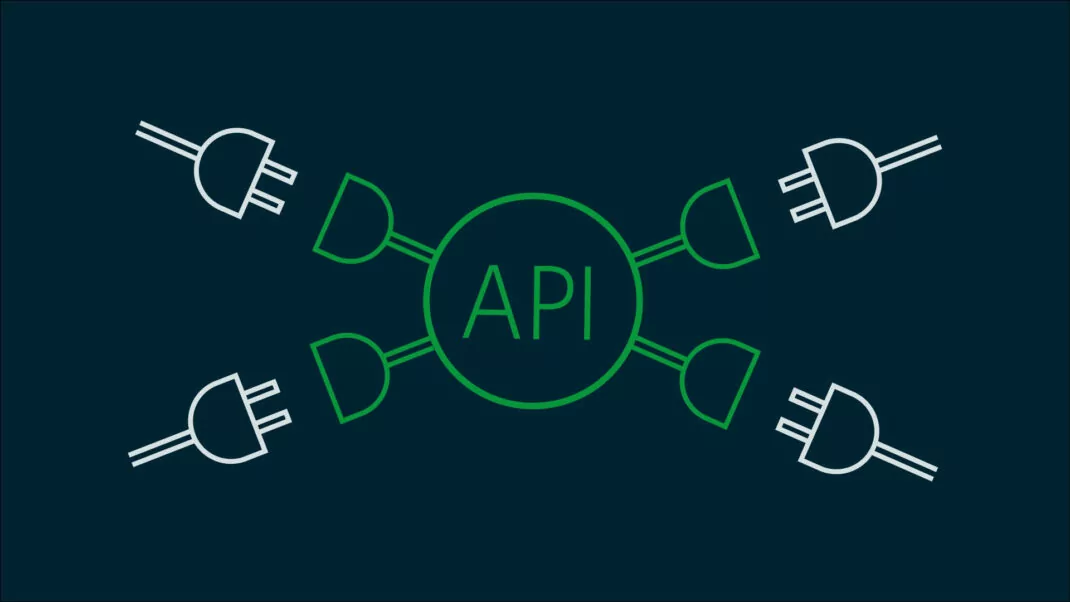For modern businesses, the reliability of APIs is the linchpin that ensures seamless interactions between systems. As businesses increasingly depend on the fluid exchange of data, monitoring the performance of APIs and websites becomes a mission-critical task. When we venture into the realm of monitoring APIs and websites, specialized tools come into play. These tools send regular requests to the API or web server, typically in the form of GET requests. The frequency of these requests—whether every minute, every 10 minutes, or every hour—depends on the service being checked. However, a significant challenge arises when the server hosting the API or website is fortified with Cloudflare protection.
Cloudflare, a widely adopted security measure, interprets these monitoring requests as potential attacks and, in response, may block them. This defensive action by Cloudflare can lead to false alerts, indicating that the service is down when, in reality, it’s fully operational. This common issue, known as “false positives,” can introduce confusion and disrupt the effectiveness of monitoring efforts. A tool such as UptimeAPI ensures false positives are a thing of the past. In this article, we delve into the vital role that UptimeAPI plays in tracking API and website performance, with a particular focus on its unique capability to bypass Cloudflare protection—a feature that sets it apart in the realm of monitoring solutions.
Monitoring With A Cloudflare Protection Bypass
UptimeAPI distinguishes itself by addressing the Cloudflare challenge head-on. Unlike conventional monitoring tools that may falter in the face of Cloudflare’s security measures, UptimeAPI employs a distributed proxy. This innovative approach allows UptimeAPI to seamlessly bypass Cloudflare protection during the monitoring process. By doing so, it ensures that the monitoring results are accurate and free from false positives. This Cloudflare bypass capability positions UptimeAPI as a reliable and trustworthy ally in the pursuit of accurate API and website monitoring.

Key Features Enhancing Monitoring Efficiency
Multi-Channel Notifications:
UptimeAPI recognizes the importance of timely communication in effective monitoring. Users can receive alerts through a variety of channels, including email, SMS, and webhook notifications. This flexibility ensures that critical information about API performance reaches the right individuals or systems promptly, enabling swift response to potential issues.
Cloudflare Protection Bypass:
A standout feature of UptimeAPI, the Cloudflare protection bypass capability, ensures that monitoring remains accurate even in Cloudflare-protected environments. The distributed proxy utilized by UptimeAPI enables it to navigate Cloudflare’s security measures, preventing false positives and instilling confidence in the reliability of monitoring results.
How Does This API Status Tool Work?
UptimeAPI is user-friendly to navigate. Sign up, explore the dashboard, and under the Monitoring tab, delve into the Monitors section. Click “New monitor,” input the desired parameters, and you’ll be able to monitor your APIs without hassle. It also has configurable parameters for the alerts should action need to be taken.

The Way Forward In API Status Tools
In the realm of API monitoring, UptimeAPI emerges as a powerful solution equipped to navigate the intricacies of Cloudflare protection. Its ability to bypass Cloudflare sets it apart, addressing the common challenge of false positives and ensuring that monitoring results are a true reflection of the actual status of APIs and websites. As organizations strive for operational excellence, UptimeAPI stands as a key player in enhancing monitoring accuracy and reliability.
Embrace the power of UptimeAPI, and ensure that your API monitoring efforts are not only effective but also immune to the false positives that can hinder accurate performance assessment in a Cloudflare-protected environment. If you want to learn more about this API alerts tool, you can check this article.

